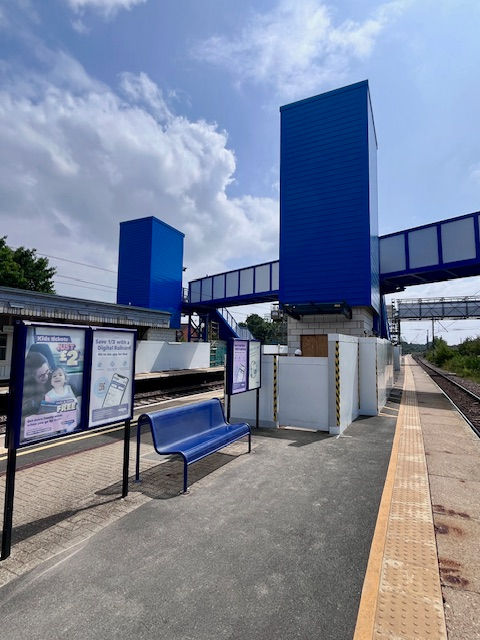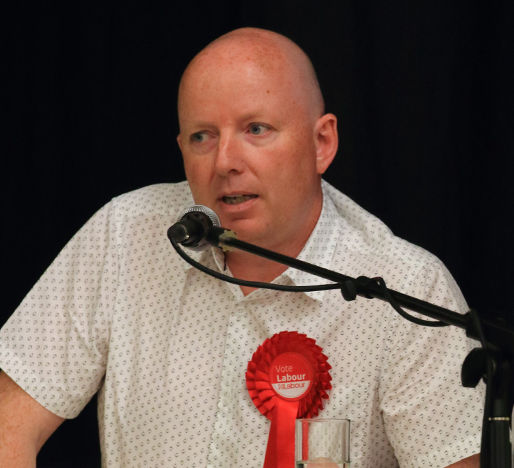The culture that led to Grenfell
- Julian Vaughan

- Nov 26, 2020
- 4 min read
As Phase 2 of the Grenfell Inquiry progresses, the scale of the disregard for safety and the pursuit of profit and market share, at any cost, has been laid bare – email by excruciating email. The evidence is extremely technical, but the most difficult aspects are the breath-taking admissions of deceit and the realisation that the witnesses clearly knew what they were doing was wrong, but stayed silent and passed the buck to those further along the chain. The race to the bottom, both ethically and in safety terms, was encouraged by a weak and confusing regulatory regime.
At times, the Inquiry is a very painful watch (I can’t imagine what it is like for the bereaved families) as the truth is drawn out of witnesses. I’m sure that when they tapped out their emails, which feature heavily at this stage of the inquiry, they never believed that they would one day be asked to explain in detail the motives behind them. The culture within the industry seems extraordinary now it has been so forensically exposed. It’s almost if a collective amnesia took place around basic morality in the headlong dash to sell products.
The list of outrageous behaviour is already a long one and will no doubt get longer as the evidence continues to be heard. What is unforgiveable is that the issues around the cladding were well known to the companies involved. This ‘guilty knowledge’ was discussed in internal emails, with warnings to keep quiet about the dangers. While it is hard to fathom the depth of the unethical behaviour that took place, a widespread culture of corner cutting, buck passing and a belief that ‘everyone is at it’ seems to have made the cavalier approach taken by these companies the norm, rather than the exception.
The difference in attitude between the witnesses have been stark. For some the burden of guilt has clearly weighed heavily on their shoulders, while others seem happy to either deny any blame, or have become particularly forgetful about decisions and actions they had taken in relation to their work. While it must be difficult to recall exactly your motives behind an email sent six or more years ago, it is clear that the Inquiry’s counsel have at times been exasperated by the approach taken by the witnesses. In one example from this week a witness admitted that they gave out untrue information (saying the product was safe) in emails to clients, but defended it by saying that they sent the specific details about the test set up in an accompanying attachment. This ‘buyer beware’ attitude for a safety critical product is certainly unethical and at best misleading. Whether it is unlawful remains to be seen.
This disaster was foreseen and then enabled by the people who provided materials for the refurbishment to Grenfell Tower. While all the companies will be keen to point the finger in any direction but at themselves, the government must ensure that justice is carried out as soon as possible. UK governments have form for failing to secure timely justice, or indeed any justice at all, for the victims and families of disasters, Hillsborough being a prime example.
The tragedy was also foretold by the Fire Brigades Union (FBU) who continually warned about the increased risks caused by deregulation and ignoring the lessons of previous fires such as: Knowsley Heights in 1991, Garnock Court in 1999 and the Lakanal House fire in 2009. In a catalogue of deregulation by both Labour and Conservative governments, fire regulation was seen as a ‘burden to business’. The Building Research Establishment (BRE) was privatised in 1996, leading to a conflict of interest as it took on both an advisory and commercial role; recommendations following fires were not acted upon by government as they wanted to avoid the ‘burden of red tape’. Deregulation and privitisation assisted with the fragmentation of safety, often resulted in cosy relations between building control bodies and contractors and a sharp drop in cases of formal enforcement – according to the Dame Judith Hackitt report ‘Building a Safer Future’ released in May 2018, a 75% drop in the previous 10 years.
Ultimately it is the government that must take responsibility for the tragedy of Grenfell. The danger is that so many people in the chain are guilty of playing a role in what led to the awful events of the 14th June 2017, no-one will actually be held accountable. We owe it to the victims and the bereaved that justice is served. Further, the safety culture in the construction industry and the regulatory regime that oversees it, must be transformed in such a way that there can never be another fire like Grenfell.
Julian Vaughan
26th November 2020
My understanding of the often technical information set out in the Grenfell Inquiry has been hugely assisted by the tweets of Peter Apps, Deputy Editor at Inside Housing, who I recommend you follow at: @PeteApps Also engineer Dr Jonathan Evans who you can follow at: @Jonatha135113 Both have a remarkable ability to make the very complicated crystal clear!
You can follow the Inquiry via live stream here:
Further reading:
The Grenfell Tower Fire: A crime caused by profit and deregulation – Fire Brigades Union
Building a Safer Future May 2018 – commonly known as the ‘Hackitt report’
Deregulation, the Absence of the Law and the Grenfell Tower Fire – Daniela Nadj
Grenfell Tower Inquiry – Phase 1 Report October 2019






Comments